An inside look at Life Time’s coworking space that strives ‘to be healthy’

Jesse Johnson Moran starts most of her days with a 6 a.m. workout at Life Time in downtown Minneapolis. After a quick shower at the gym’s facilities, she walks three minutes across an indoor skybridge to her office.
That office is in the 53,000-square foot Life Time Work space that boasts both private and open-plan workspaces, conference rooms, private phone rooms and an expansive outdoor terrace. Onsite there are sit-to-stand desks, healthy snacks, filtered water, and fresh-brewed coffee. It’s an attempt from the health and wellness brand to try a new sort of coworking space, with this location spanning three floors, that positions health at the center of it.
Johnson Moran owns a small medical software business that employs six people. Before this job, she had always reported to downtown Minneapolis for work. When she decided to start her own business, she knew she wanted to keep her routine of working downtown. But, that’s expensive for a new business owner.
“I worked in other coworking environments before with my old company, and right away when I saw Life Time Work I was like ‘oh my god, this is gorgeous.’ There is greenery and tons of windows,” said Johnson Moran, who had been excercising at Life Time for over 20 years.

That scheme has been prioritized by Life Time Works since the first one was built in Ardmore, Pennsylvania in 2018 — natural light, paint colors, real plants, music. In fact, Life Time Work has its own scent throughout each workspace that it developed independently.
“We’ve designed these spaces to be healthy from the outset,” said James O’Reilly, head of Life Time Work. “We designed these spaces so they are oriented to get the best natural light possible, so there is access to outdoor space and fresh air, and to have a layout so that our members are incentivized to move more often. We know one of the most unhealthy parts of the traditional office space is this sedentary lifestyle, so we have ergonomic furniture and strategically position water fountains and kitchens on the outskirts so that they walk around.”
Life Time Work also curates a unique playlist of music that is relaxed but provides a background for focus, productivity, creative thinking and community connection. In the early morning, there’s indie and mellow lounge music from artists like Washed Out, Leisure, Tycho, and Sophia Valdes. Later on in the afternoon the positive energy subtly ramps up with mid-tempo vocal and instrumental modern soul and indie dance with artists like Dope Lemon, Poolside, Arlo Parks, and Khruangbin.
The Minneapolis Life Time Work is the biggest in terms of square footage across Life Time’s portfolio for workspaces, but one other stand-alone Life Time Work that is within a two to five-minute walk from a Life Time and over 40,000-square feet is located in Red Bank, New Jersey, which just opened this past January. There are 15 Life Time Work locations across the country, with less than half as stand-alone. The others are integrated directly to the health club Life Time which they’re an extension of. The sixteenth Life Time Work space, located in Brooklyn, will open in 2025.
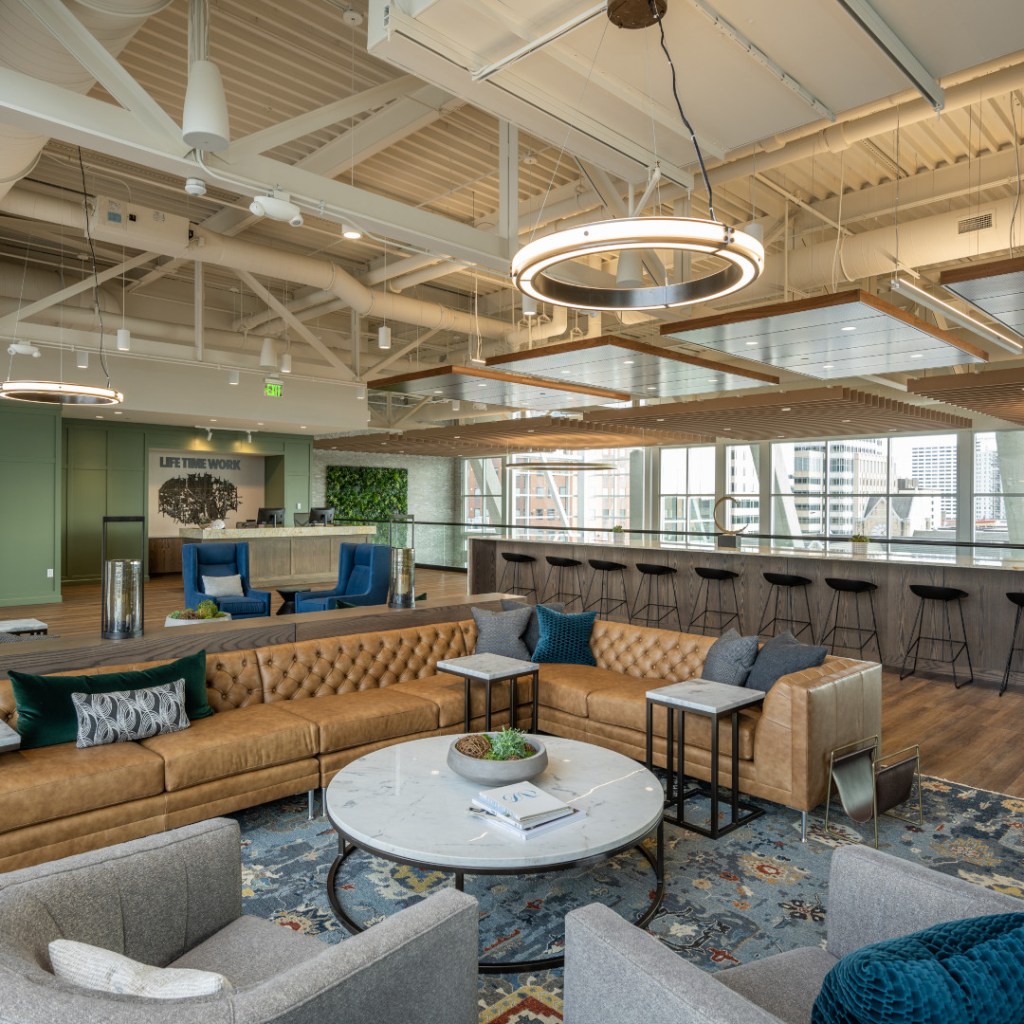
Life Time Work membership pricing varies by market, but ranges from $300 to $1,500 per month depending also on whether you want your own office and what kind of Life Time membership you have. The majority of locations open for longer than one year are tracking to Life Time’s business plans, but did not provide exact numbers, although some locations even having a wait list for dedicated offices, the company said.
It signals that appetite for non-conventional workspaces is in high demand — especially as remote and hybrid work continues strong. WorkLife previously reported that 75% of companies plan to downsize office space this year, up from 30% the year prior. Workers have flocked to libraries to find quiet spaces to work, but workers have time and again expressed how much health and wellbeing mean to them.
Aside from Life Time, some boutique gyms might offer coworking space, but it’s not as widespread. Alphaland, a 30,000-square foot gym located in Texas offers work and lounge spaces, and Equinox and Industrious also have a partnership to bring new workspace experiences to Equinox properties in New York.
Not all the Life Time health clubs are conjoined with a full-fledged coworking and office space. In response in 2022, the business began retrofitting old sales desks to create an area of around 1,500 square feet for casual working. This means people can answer emails or take calls before or after a workout, with no additional fee to their gym membership.
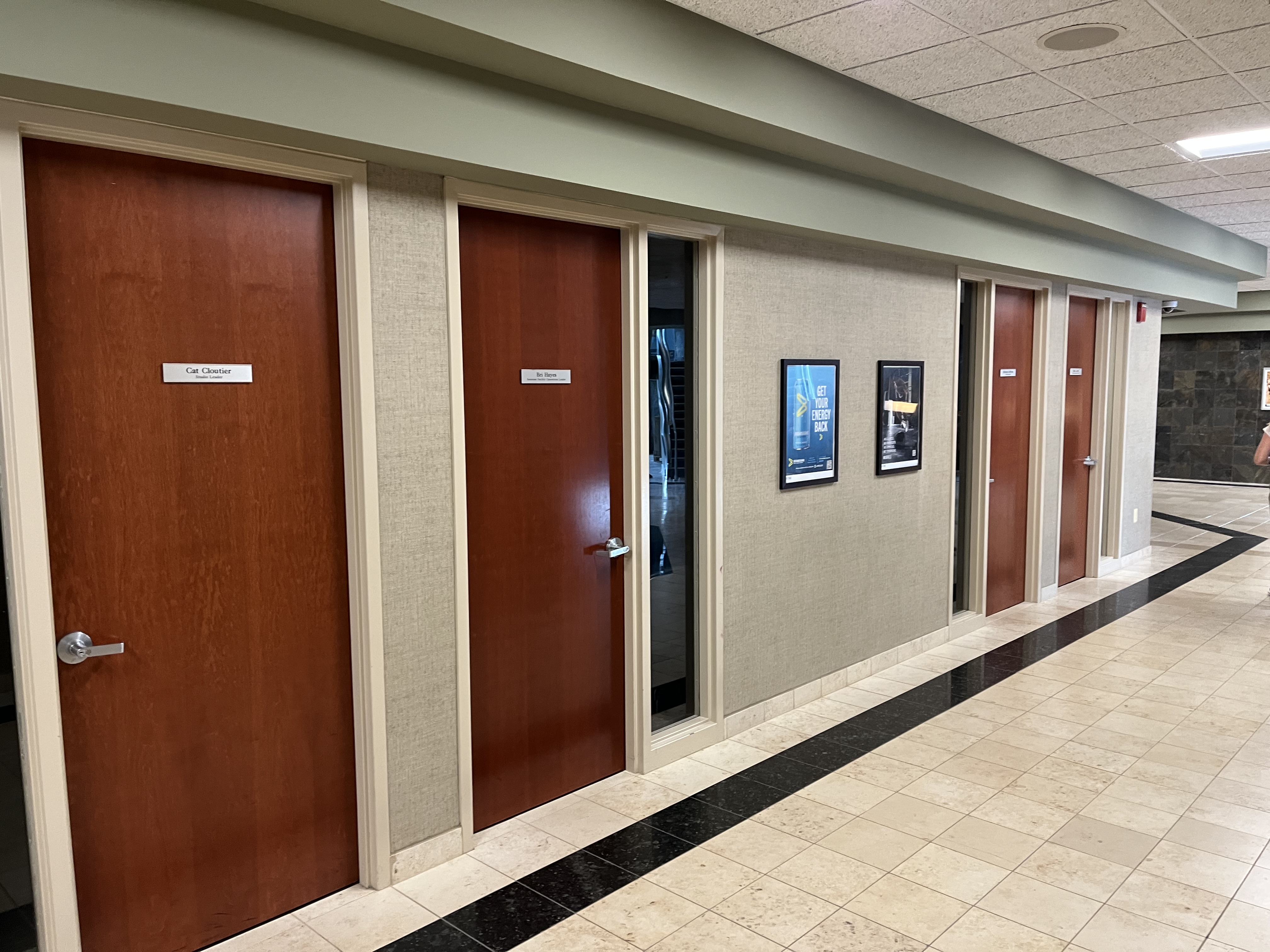
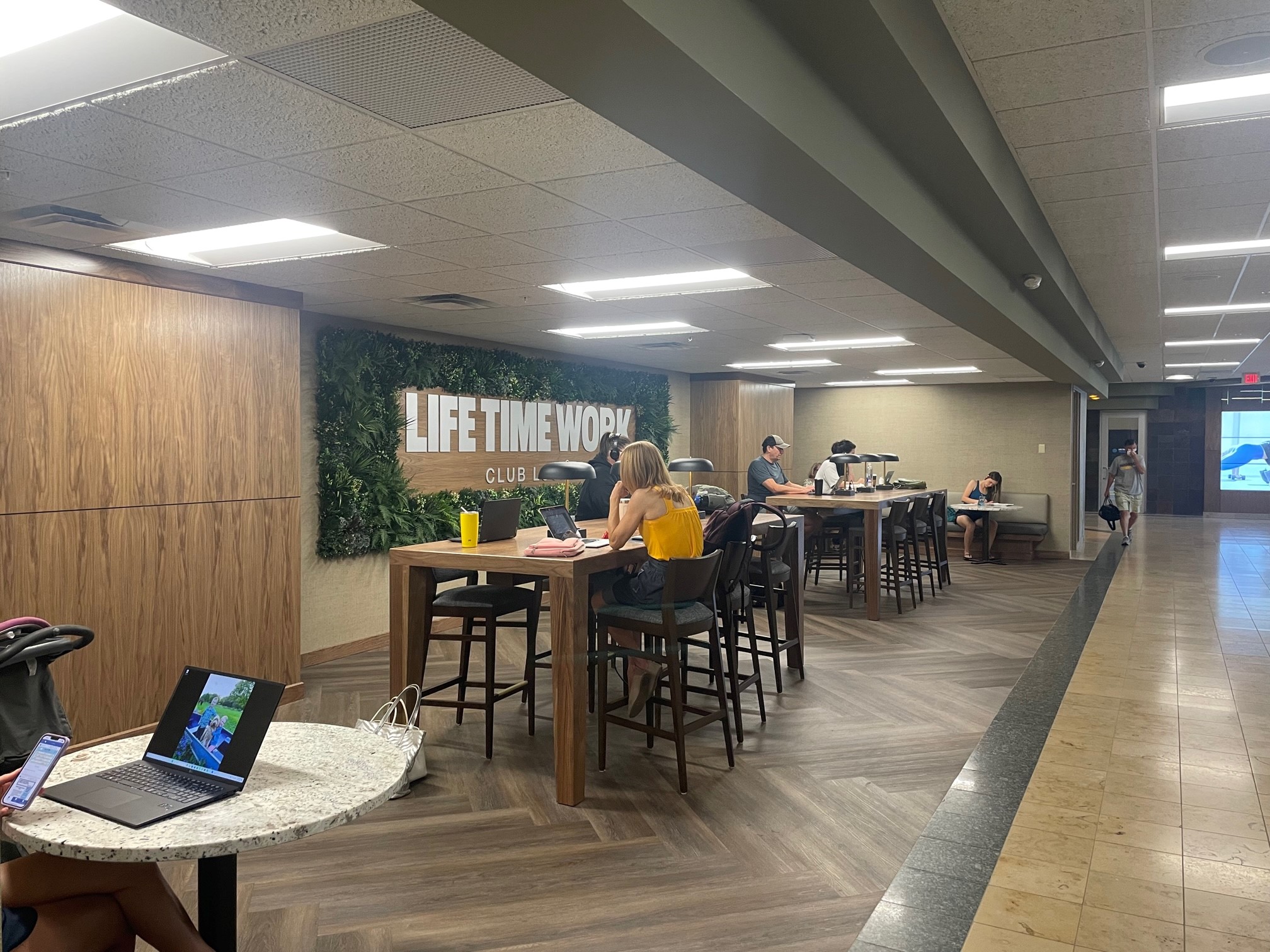
“If they’ve spent 60 to 90 minutes in a class and then recovery, and then they come out, they have built up missed phone calls or voicemails to check,” said O’Reilly. “These club lounge locations are highly utilized spaces. Members use it as a touchdown to reconnect on the go in a comfortable, ergonomically appropriate space.”
It’s a nice fit because while people want to work at the gym, they don’t necessarily want to work while they’re working out. According to Life Time’s end-of-year survey in December of 3,000 people, 89.5% said they rarely, if ever, do work during their workout. And 77% have not sent a work email or taken a work call while working out.
“In our lobbies, in our cafes, for one reason or another, they’re not the most ideal working spaces, whether that’s because coffee is being made or people having conversations,” said O’Reilly. “But what was increasingly clear was that our members were sending us a message saying ‘hey, we need to work somewhere else, and you’ve designed your spaces such that we want to work here.’ We felt like it was an underserved need. We were picking up on what our members were suggesting they needed and we could serve it in a better way.”
Today, there are just shy of 100 work lounges, with more of them being built this year.
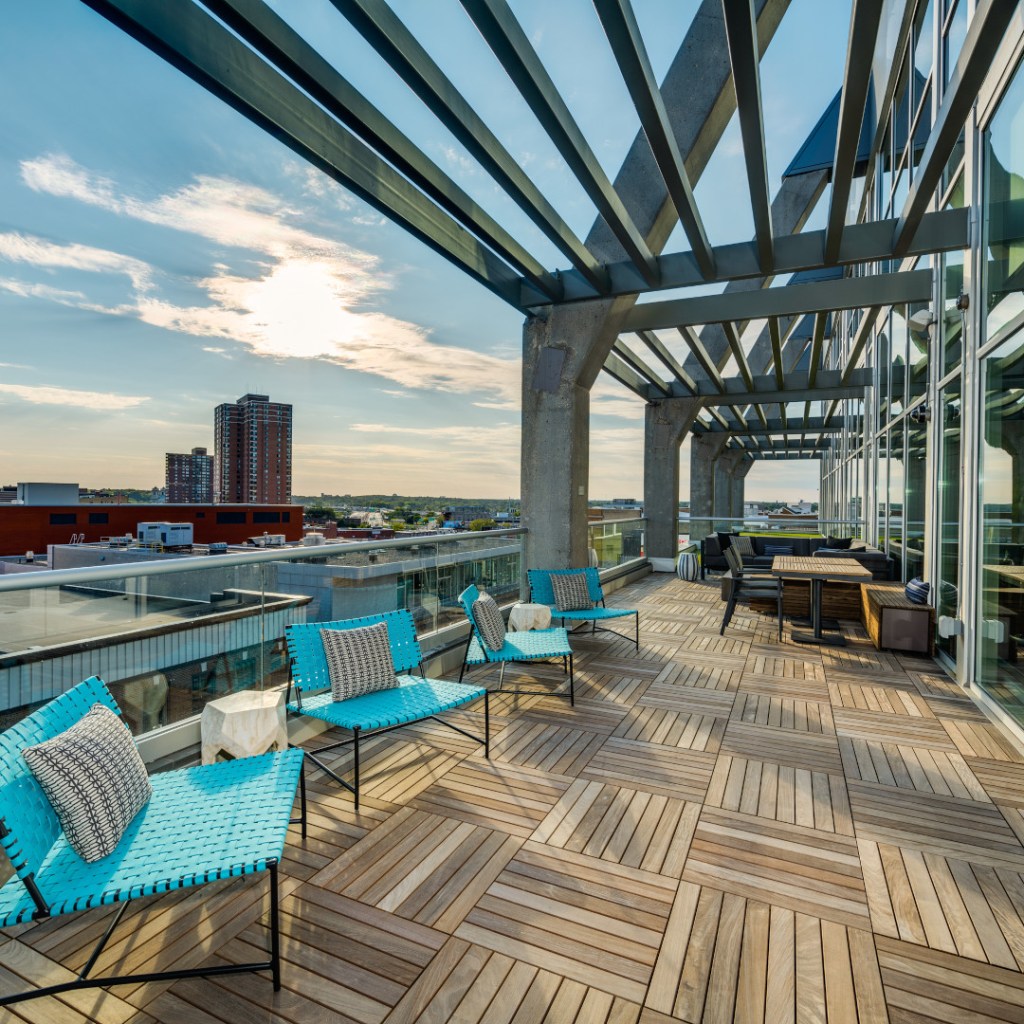
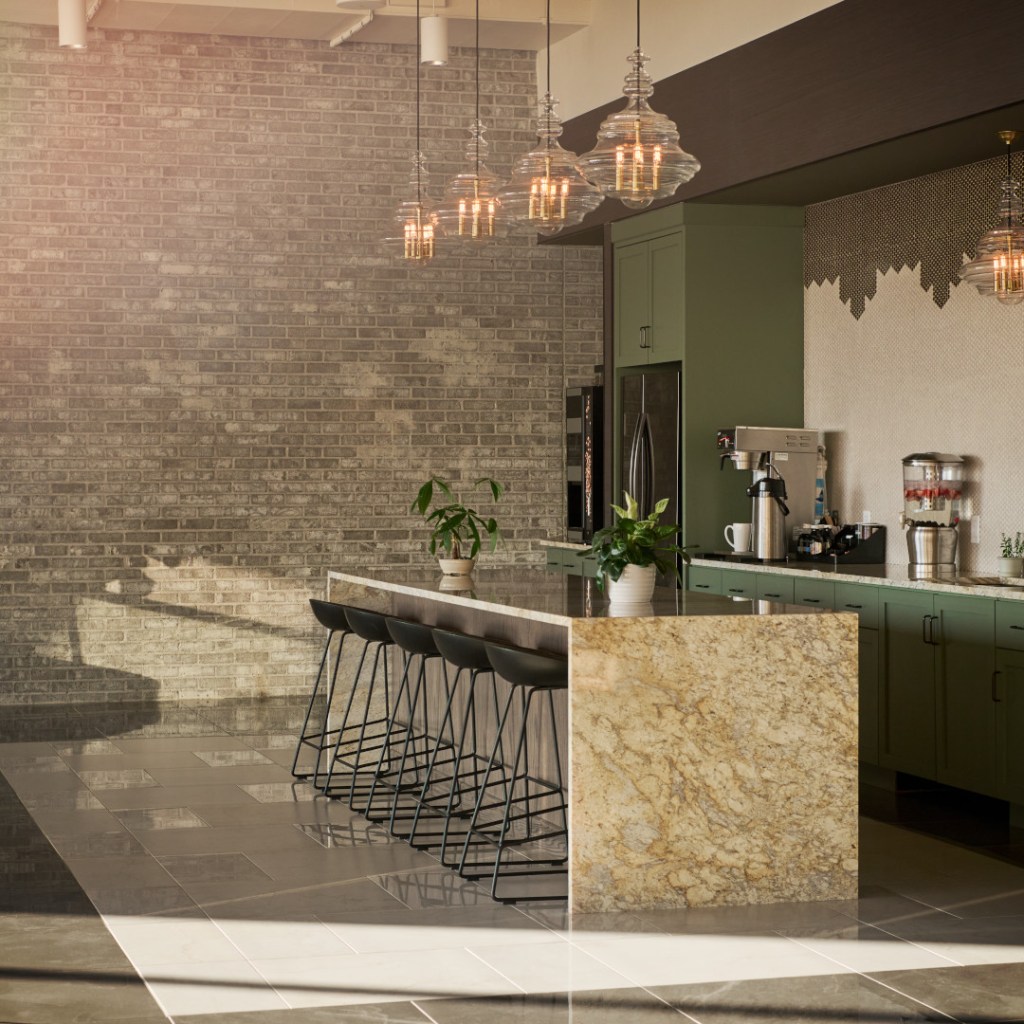
In a typical week, Johnson Moran works out, works, eats nutritious food, gets massages, and has her chiropractor appointments — all under one roof.
“When you’re at work and you’re so busy and thinking about how you need to make these appointments, you can just go there during a quick break,” said Johnson Moran. “That’s the nicety of being able to just jump when you’re so busy. On top of that, it takes time to search and look for networking events.”
Life Time Work offers networking events where you can meet members; the brand counts clients in industries including legal, financial, renewable energy, real estate and development, suppliers and vendors, and healthcare. At the Minneapolis location, there are happy hours and community events, interactive member events, and professional roundtables on topics including how AI is impacting work.
And while other coworking spaces like WeWork might have struggled for success, coworking spaces are becoming more popular overall, with Market Reports World forecasting a compound annual growth rate of over 17% until 2028.
“I think the uniqueness of what we offer is a more professional environment that attracts more established professionals, many of whom are coming to us from a direct lease with the landlord,” said O’Reilly. “They have a company of five to 10 people, maybe even 20, and they’ve only ever been in long-term traditional leases. They come to us, see a beautiful health club, and wonder what a workspace would look like with those finishes, and say ‘wow, this is nicer than what I can provide on my own.’ That’s what really sets us apart.”

